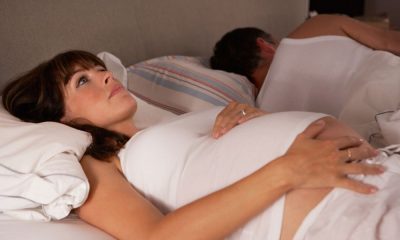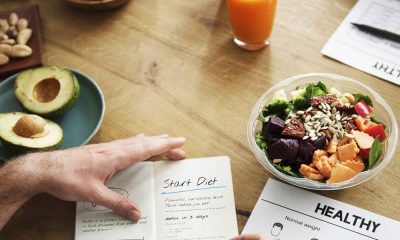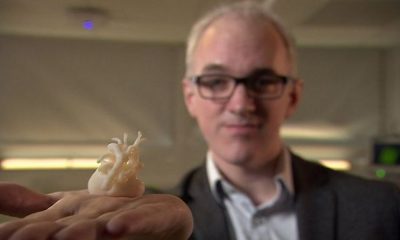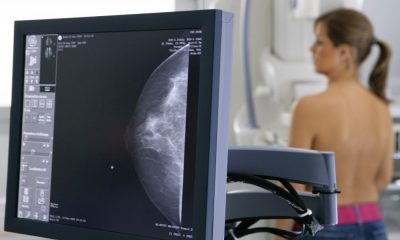Osteoporosis is such a common condition that most people don’t realize that they have got it! Just because you don’t feel anything and can’t see your bones doesn’t mean you haven’t got osteoporosis. Most of the time people only find out after a fracture happens or they break a bone. What is surprising is that just a minor bump, a little twist or fall can result in a serious fracture or break.
What is it? Osteoporosis is a disease that affects mainly people later in life when our bones become more fragile and brittle. This can affect young people as well at any age but it is not as common, and it also affects both men and women, although women are more at risk because of the decline in oestrogen levels through menopause. As our body ages we are losing minerals, such as calcium, faster than the body can replace them which leads to low bone density making the risk of fractures higher and we become more vulnerable to injuries. At times certain medications such as corticosteroids, statin drugs, some thyroid medication or by taking too much hormone replacement can force an increased risk of osteoporosis by reducing bone density. You can prevent it and prevention is better than cure. Maintaining healthy bones and bone density is part of a daily routine to minimize the risk of osteoporosis.
This disease has no symptom!
Unlike any other diseases, osteoporosis has no symptom until a fracture occurs, that’s why it’s often called “the silent disease”. This is a serious health issue affecting millions of people, and not knowing that they have it makes this even worse. Ordinary x-rays do not show bone loss until a large amount of bone mass is gone. One of the best ways to measure bone density is by a Dexa-scan that will tell you what the risk for a fracture is.
How to prevent or improve it!
Maintaining bone density is part of a daily routine. For our body to stay strong and free from many diseases we need a variety of things every day. Some of them we get in any case, but it is possible that we are missing out on some other important ones unknowingly. In case of osteoporosis the most important part missing is calcium for bone strength. As we get older it’s even more necessary to watch the diet we are on. What we need for this problem is calcium, exercise and vitamin D to build strong bones. An adult needs 1000 mg of calcium a day and older adults as much as 1300 mg. To get all of this right is one thing, but to get the benefits from it is another.
This is where natural vitamin D from the sun plays an important role. It helps the body to absorb what we put in without losing most of it. The science on this couldn’t be any clearer: Vitamin D is critical for good health. It supports healthy bones and joints; it reduces the risk of cardiovascular disease, infection and even cancer. One of the problems is: If you are on certain drugs they can block your body’s vitamin D intake. We must also learn what to avoid: For instance, fluorite is toxic and damaging to bones, avoid using products containing fluorite. Regular physical exercise is also most effective to maximize bone density and avoid fractures. Weight-bearing exercise together with resistance weight training to improve bone density will slow down bone loss. Also exercise that places stress on bones helps to make calcium deposits and stimulates bone forming cells. If the condition is severe it is best to get a physiotherapists advice for the best form of exercise. Keep it simple: Just walking, a little jogging, gymnastic, aerobic, and even dancing; all of that will help and also provides muscular strength.
What diet are you on?
Diet, how does it affect osteoporosis? Adequate calcium intake is vital to keep bone strength. Calcium content in food does significantly vary, so be selective in what you are choosing. For example, a cup of broccoli has about 90 mg of calcium, a glass of milk about 300 mg of calcium. Most dairy products are rich in calcium; choosing low-fat or none fat products wherever possible is best to avoid saturated fats. Other sources of calcium are salmon, tofu, rhubarb, sardines, collard greens, spinach, turnip greens, okra, backed beans, broccoli, peas, kale, dried figs, almonds, seeds, nuts and whole grains contain magnesium, which is also another mineral needed for strong bones. Calcium deficiency is not the only problem; there is strong evidence that low acid diets are more effective to prevent bone loss.
The most important step to a healthier life is the change to a healthy diet. The diet you choose will make that difference. Spending active time outdoors in fresh air and sunshine, and staying on a good diet is the best way to prevent osteoporosis.





















